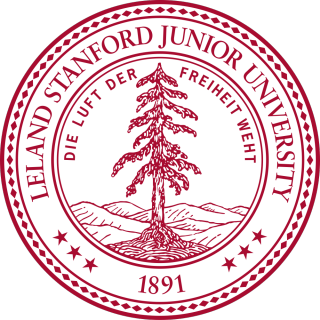April 16, 2015
Literary Vibes: An annotated map of London
by Taylor Sperry
 Despite the various You Might Also Like suggestions from online retailers, and the projections that help publishers decide how much money to offer on a book (it’s like X, so we can expect to sell Y-ish copies), the experience of reading–its pleasures and challenges and revelations–cannot, of course, be reduced to an algorithm.
Despite the various You Might Also Like suggestions from online retailers, and the projections that help publishers decide how much money to offer on a book (it’s like X, so we can expect to sell Y-ish copies), the experience of reading–its pleasures and challenges and revelations–cannot, of course, be reduced to an algorithm.
But lots of other things can.
At Stanford Literary Lab, researchers are applying “computational criticism, in all its forms, to the study of literature.” They’re using computer models to analyze the properties of dramatic networks; studying how linguistic choices–like the frequencies of the words “she” and “you” in a given work–correspond to an understanding of “style”; using network theory to quantify the idea of “plot”; and showing that computer-generated algorithms can essentially identify a book’s genre. It is very real nerd territory.
They’ve just launched their most recent project, “Mapping Emotions in Victorian London,” which, like a much-more-convincingly genius version of Genius, crowdsources annotations of literary passages that represent different London locations as “fearful,” “happy” or “unemotional.” The result is a series of interactive maps that allow users to explore “the underlying fictional passages, to discover the ways in which London was constructed, navigated, and represented emotionally in its fiction.”
It’s cool, but it’s also basically a fancy Google Map, which people have been using to contextualize the lives and journeys of fictional characters for a while now. Last year, PW tracked Arturo Belano, Ulises Lima, Lupe, and Juan García Madero through Roberto Bolaño’s The Savage Detectives; before The Great Gatsby movie came out in 2013, Curbed annotated “19 real-world NYC counterparts” to the book; and the San Francisco Chronicle maintains an interactive map that “celebrates the region’s storied past and tracks its ever evolving present with descriptions and locations of independent booksellers, a compilation of roughly 300 Bay Area authors, dozens of landmarks, and writers’ passages about places that fired their imagination.”
Taylor Sperry is an editor at Melville House.